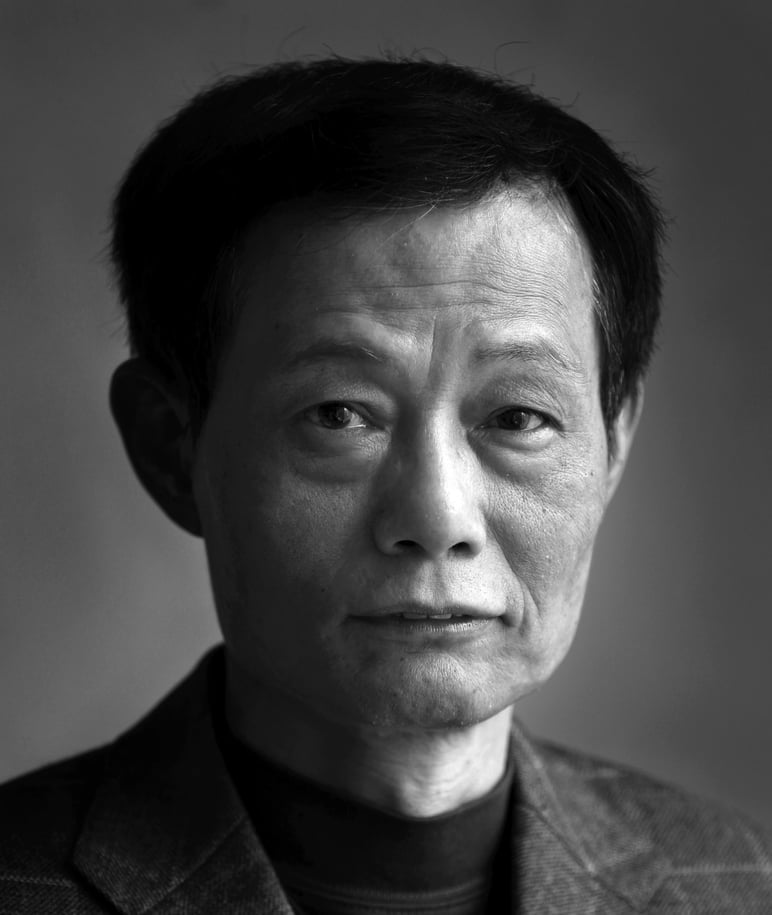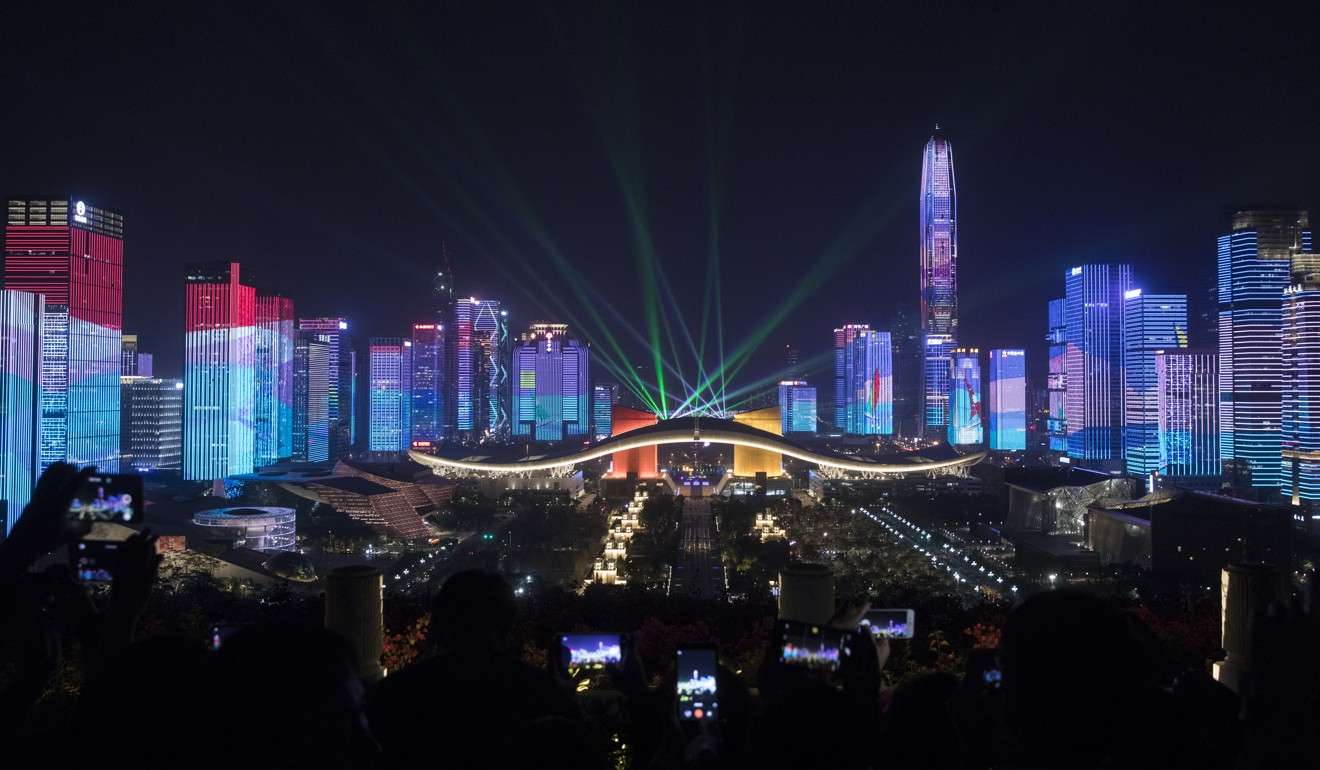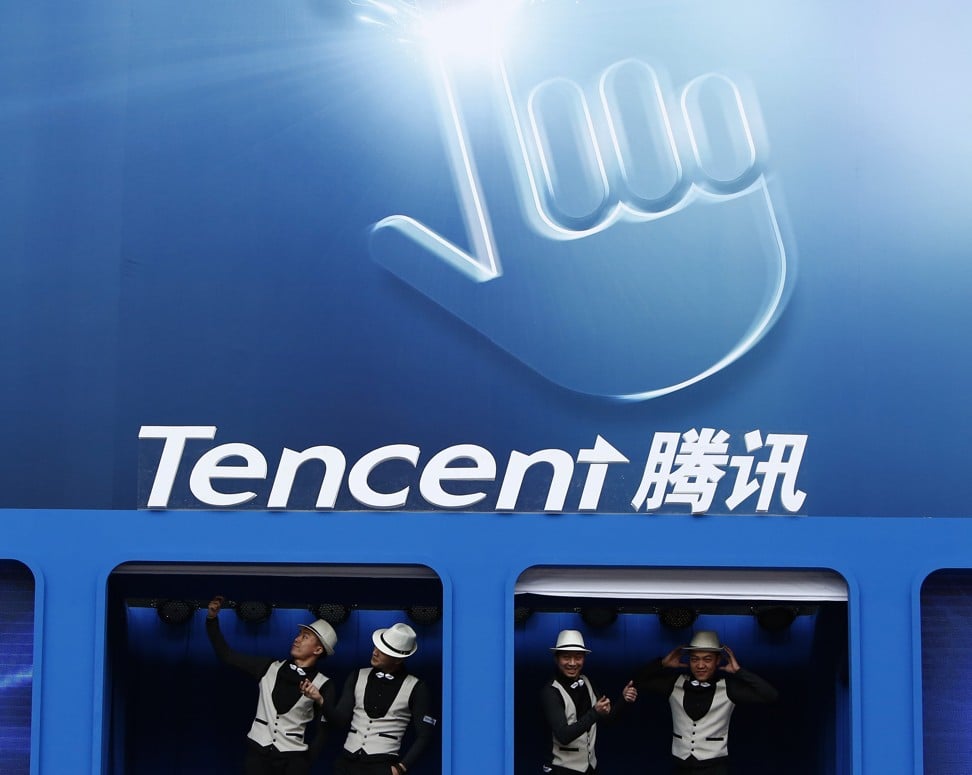
Shenzhen’s economy is bigger than Hong Kong’s. But does size matter?
- Hong Kong’s economy grew 3 per cent last year compared with Shenzhen’s 7.6 per cent growth, but it is an inadequate measure of progress
- For the likes of per capita income, and social, cultural and educational development, the former British colony is still on top
Last year, Hong Kong’s economy grew 3 per cent to HK$2.85 trillion (US$363.09 billion), while Shenzhen registered 7.6 per cent growth to 2.42 trillion yuan (US$361.24 billion), or HK$2.87 trillion based on the 2018 official exchange rate from Hong Kong’s Census and Statistics Department.
China must choose: growth or lasting economic health. It can’t have both
The development highlighted the success of China’s opening up policy, initiated by the late paramount leader Deng Xiaoping. It also underscored Shenzhen’s success in its economic transition from being Hong Kong’s sweaty, labour-intensive assembly line.
Now known as China’s Silicon Valley, the city is home to several household names in technology and telecommunications, including Huawei Technologies, Tencent Holdings, and drone manufacturer Da-Jiang Innovations (DJI).

Indeed, Shenzhen’s success might provide a powerful wake-up call for Hong Kong and its steadily diminishing share of the nation’s economy. When China began its market reform in the late 1970s, Hong Kong’s economy was about half of the mainland’s, despite it having just 0.5 per cent of the mainland’s population. In 1997, the year of the handover, the new SAR’s economic size was still 20 per cent of China’s total; it is currently only about 3 per cent.
But Shenzhen’s so-called overtaking of Hong Kong simply refers to economic size in terms of gross domestic product (GDP), when what is more meaningful in terms of measuring development levels and personal wealth is per capita income.
China’s bid to boost economic growth will do more harm than good
The former British colony reported per capita income of US$46,194 in 2017 – among the highest in the world, and above the average of the G7 bloc of industrialised nations.
Some estimates put Shenzhen’s 2018 per capita income at US$27,000, based on a population of about 12.5 million under the government’s household registration system. But the city actually has more than 25 million permanent residents, as many of them are migrant workers without household status.
Thus, compared with Hong Kong’s 7.4 million people, Shenzhen’s actual per capita income of about US$14,448 was less than a third of the SAR’s. In fact, according to World Bank data, it was lower than Hong Kong’s per capita income of US$15,466 in 1991.
Using the measurement of gross national product (GNP), which includes locals’ revenue from their investment overseas, Hong Kong is much wealthier than Shenzhen. It is the world’s fourth-biggest outward investor, with Hong Kong-based companies investing US$1.8 trillion worldwide in 2017. Hong Kong accounts for nearly half of foreign direct investment in mainland China, with 360,000 projects there, according to a State Council white paper issued in 2014.
China has a lot to celebrate in 2019, but it also has old wounds to heal
Hong Kong also ranks high in terms of global economic competitiveness, which takes into account market openness; the rule of law; and the quality of civil servants. There is also a big gap in social, cultural and educational development between the twin cities.
For instance, Hong Kong tops Asia in higher-education rankings; it has three universities ranked among the world’s top 50 and four universities among the top 10 in Asia. Shenzhen lags behind in this regard, with Shenzhen University the city’s sole institution in China’s top 100, coming in 91st.
The biggest gap is seen in areas related to politics, as the two are under completely different political systems under the “one country, two systems” formula.

Despite the lack of a true representative democracy, Hong Kong still outperforms most places in Asia – or is perhaps on par with most free democracies – in terms of having a clean and accountable government, an independent judicial system, academic and press freedom, and protection of individual liberties and human rights, which are more important criteria in the measurement of a society’s modernity. Shenzhen also lags far behind in these areas.
China returns to growth to offset US trade war risk, but is it the right move?
This is what makes Hong Kong internationally recognised as “Asia’s world city”, as evidenced by its global rankings in various areas – it is the world’s freest economy, its second-most competitive economy, the third-most influential global financial centre (behind London and New York) and the fourth biggest outward investor and recipient of FDI.
Deng wanted to make several Hong Kongs on the mainland, and designated Shenzhen to pioneer the experiment. But the SAR is still an invaluable asset to the nation and to Shenzhen, so long as Beijing aims to eventually achieve political and social modernity as well as to realise economic modernisation. ■
Cary Huang is a veteran China affairs columnist, having written on the topic since the early 1990s


